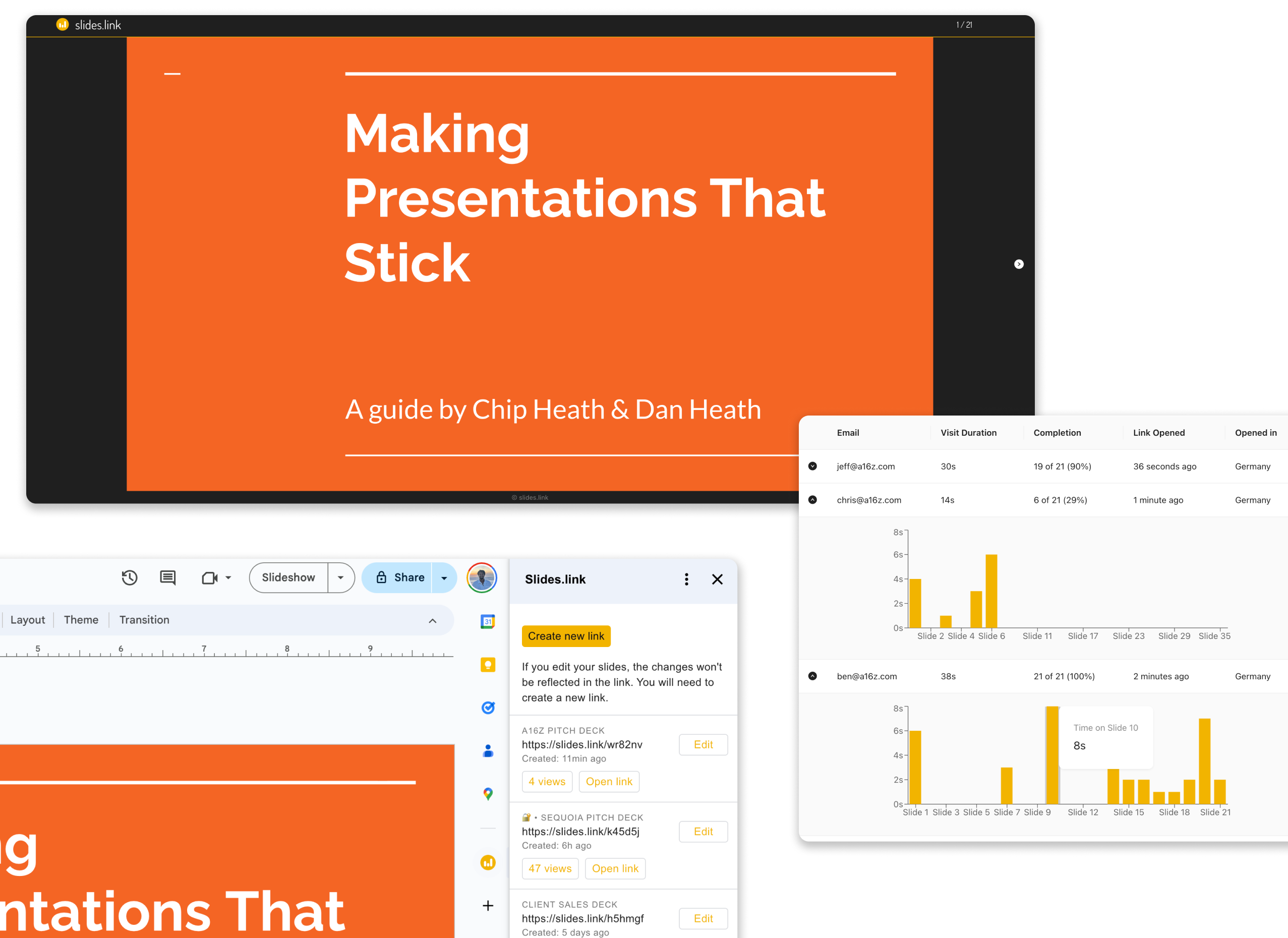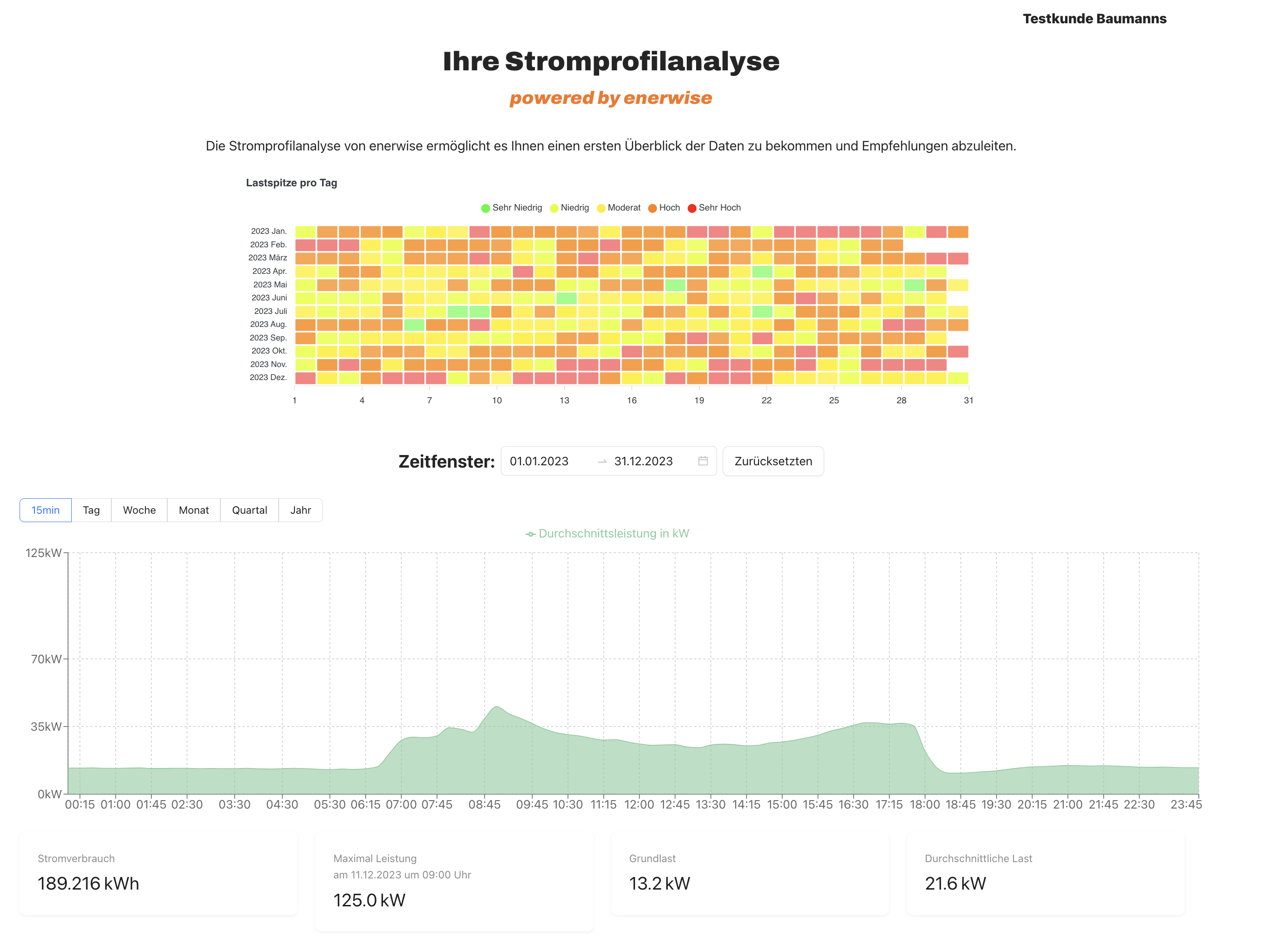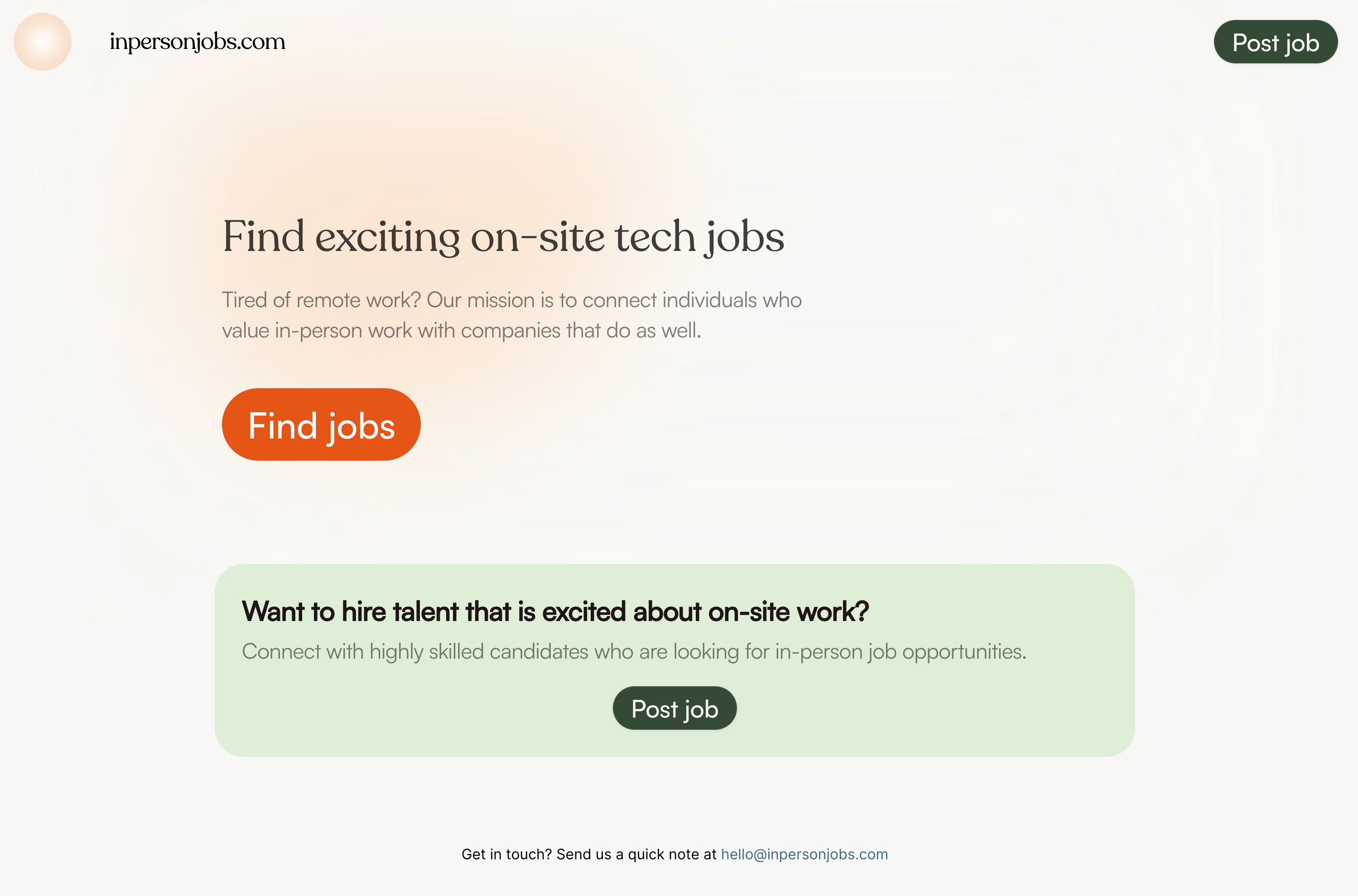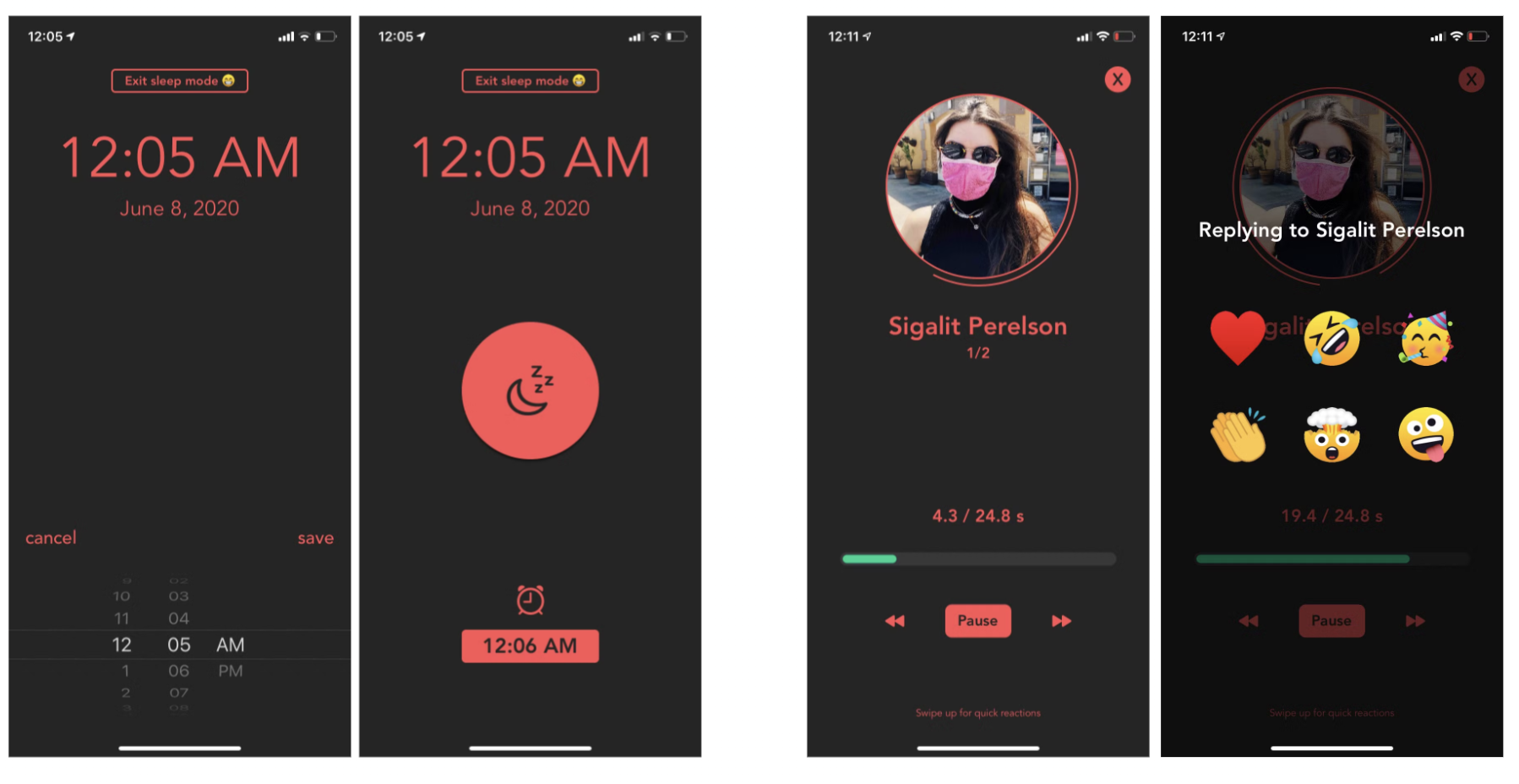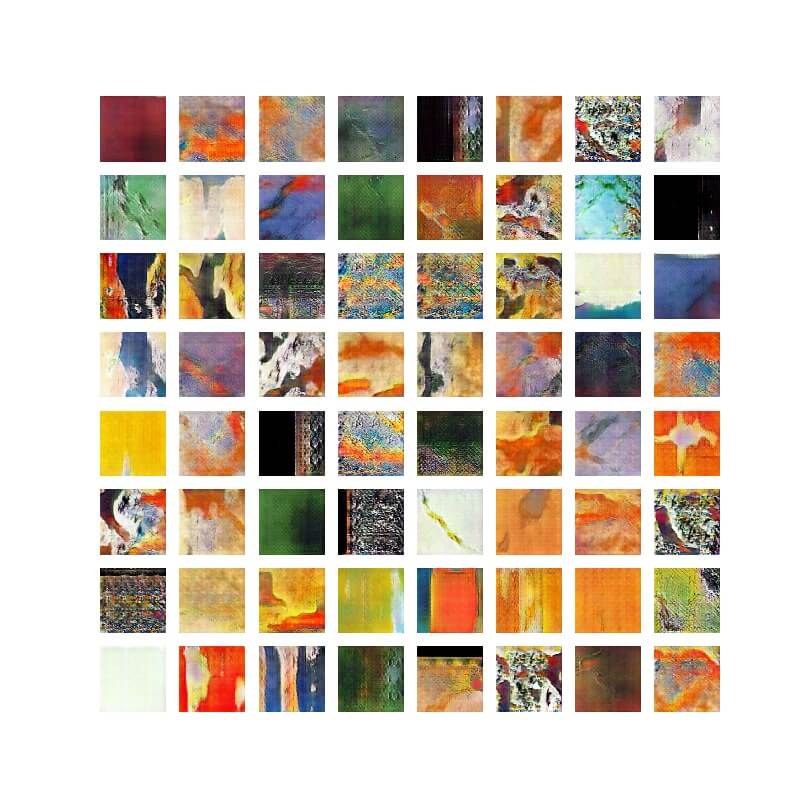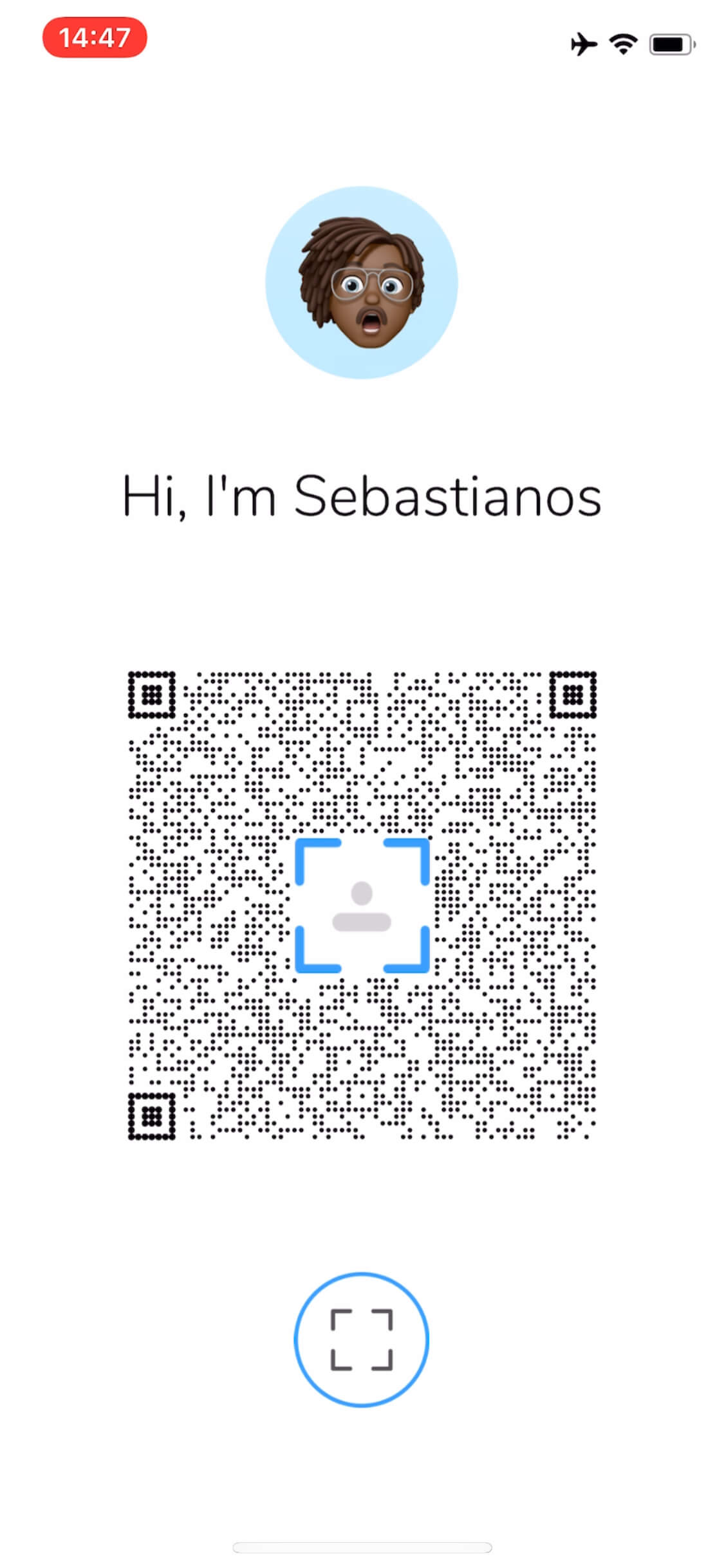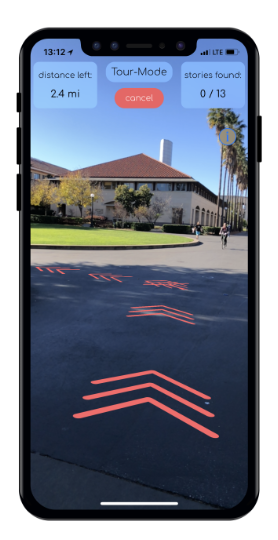ai phone calls that convert. were part of y combinator f24 batch. i guess not really a "project" anymore...
slides.link - 2024
the easiest way to track and share your google slides presentation. currently still in beta with wait-list.-> stopped working on this because of telli.
human reader - 2024
a chrome extension that let's you listen to any text on the web in a human voice. has >3k weekly active users.
enerwise stromprofilanalyse - 2024
create a tool to analyze the energy load profile (lastgang) for german businesses. this will show where their energy consumption peaked throughout the year and allow them to compare prices using dynamic spot tariffs versus fixed-cost tariffs. this was built as part of a validation process to assess the feasibility of building a business centered around energy management for smbs in germany. we had 20 energy brokers using the tool who really liked it. however, we only managed to sell one analysis. we also realized we weren't that excited about the market and decided to move on. try it out using the link below.
inpersonjobs.com - 2024
jobs page to help people find in-person/on-site tech roles. not continuing to work on this due to limited interest. but helped one person find a job :)
wakey - 2020
wakey is an alarm app that wakes you up with your friend's voice messages.
find a demo and screen recordings here.
abstract-dcgan - 2020
abstract-dcgan is a deep learning model that uses a deep convolutional generative adversarial network (dcgan) architecture to generate abstract artwork. the model was trained on a large dataset of abstract artworks from the likes of jackson pollock, mark rothko, and franz kline. the model consists of two networks: a generator and a discriminator. the generator network takes a random noise vector as input and outputs an image, while the discriminator network tries to distinguish between real and generated images. the two networks are trained together in a process called adversarial training, where the generator tries to create fake data discriminator network tries to distinguish between real and generated images. the two networks are trained together in a process called adversarial training, where the generator tries to create fake data that looks as real as possible, while the discriminator tries to distinguish between real and fake data. over time, the generator learns to create more realistic images, while the discriminator improves at distinguishing between the real and fake (generated) images. eventually, the generator is capable of creating the abstract artwork seen here.
github - ps: in college nico and i were too stupid to figure out how to use git and get the model to run on my machine. so we mostly paired on the code and he committed everything under his github account.
my.card - 2019
my.card is a contact sharing app that makes it easy for you to share your contact via a qr code. the initial app i built with two friends in 2016, but we never launched it. i then re-built the app again in 2019, but didn't launch again. lesson: launch quick.
find a demo and the frontend code here and the backend code here.
stanx - 2017
stanx is a mixed reality app that allows you to explore stanford campus in augmented reality.
find a demo and screen recordings here.
